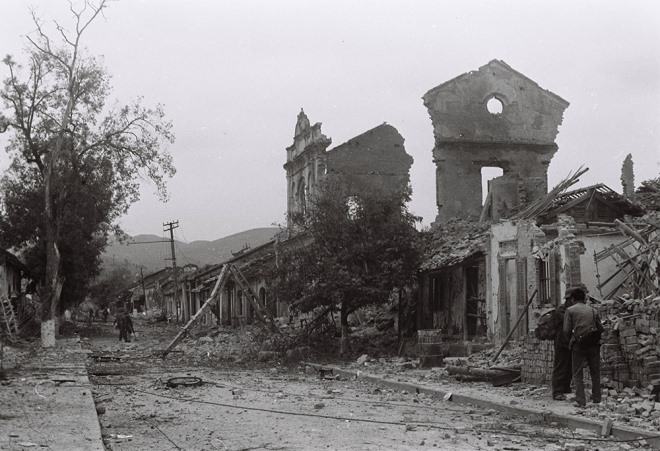 |
| Devastation: The town of Cao Bằng in ruin after an attack by the Chinese army in February, 1979. — VNA/VNS Photo Trần Mạnh Thường |
Viet Nam News Forty years ago, the northern border area of Việt Nam witnessed a fierce attack by the Chinese army. Between February 17 and March 18, 1979, the army pushed deep into Vietnamese territory in the provinces of Quảng Ninh, Lạng Sơn, Cao Bằng, Hà Giang, Lào Cai and Lai Châu. The Chinese forces made it as far as 50 kilometres into Việt Nam in some places, even reaching Cao Bằng Town, Tài Hồ Xìn and Phố Lu.
Responding to the call for the mass mobilisation by the Party and President Tôn Đức Thắng on March 5, 1979, millions of young men throughout the nation joined the army to march to the battle and protect their country.
After nearly a month attacking important places and destroying local infrastructure in Việt Nam’s northern border provinces, and after fierce protests by the international community, China decided to withdraw from Việt Nam on March 5, 1979.
While retreating, the army continued to destroy economic facilities and cultural buildings in Việt Nam’s territory. Various conflicts continued in the area for the following ten years.
More than 4,000 Vietnamese soldiers lost their lives and thousands more were injured during the conflict.
Over time, the area has seen lots of economic changes as peace and mutual development of the two countries has flourished. — VNS
 |
| To the front: Army volunteers march north to protect the country. — VNA/VNS Photo Trần Mạnh Thường |
 |
| Entrenched: Vietnamese soldiers fight against the Chinese army from a peak in Lạng Sơn Province. — VNA/VNS Photo Trần Mạnh Thường |
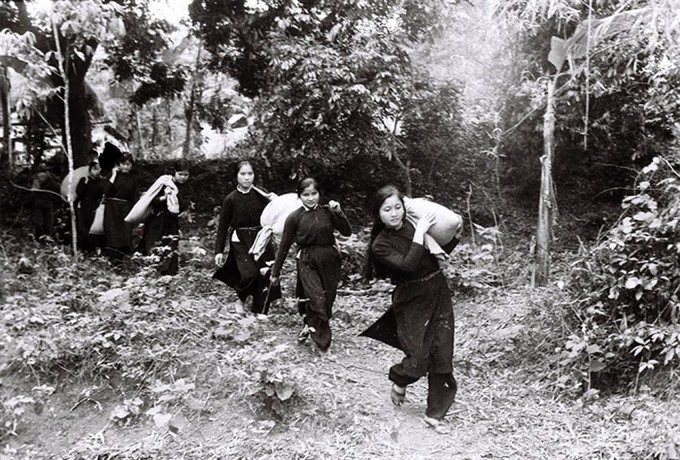 |
| Helping hand: Women of the Tày ethnic group transport food for Vietnamese soldiers based in Cao Bằng Province. — VNA/VNS Photo Trần Mạnh Thường |
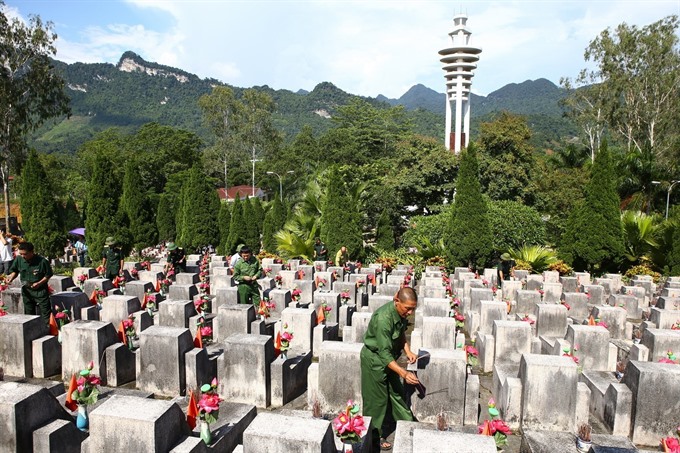 |
| In memoriam: People pay tribute to dead soldiers at the National Martyr Cemetery in Vị Xuyên District, Hà Giang Province. — VNA/VNS Photo Bùi Cương Quyết |
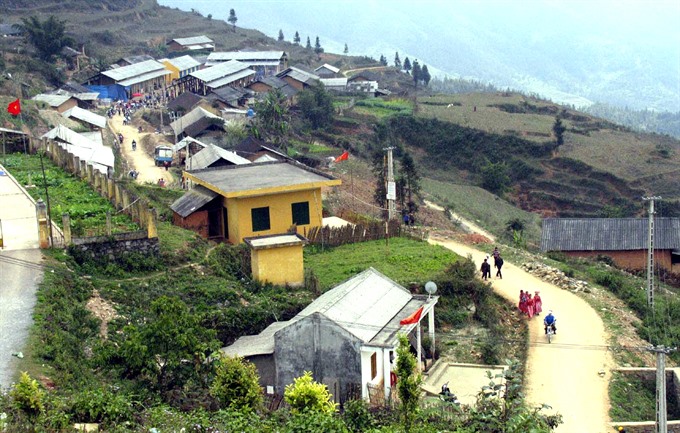 |
| Recovery: A view of today’s Xín Mần Commune, in Hà Giang Province with nearly 500 families of six ethnic groups. The old battleground now has access to safe water, electricity, schools and health care centres. — VNA/VNS Photo Đình Na |
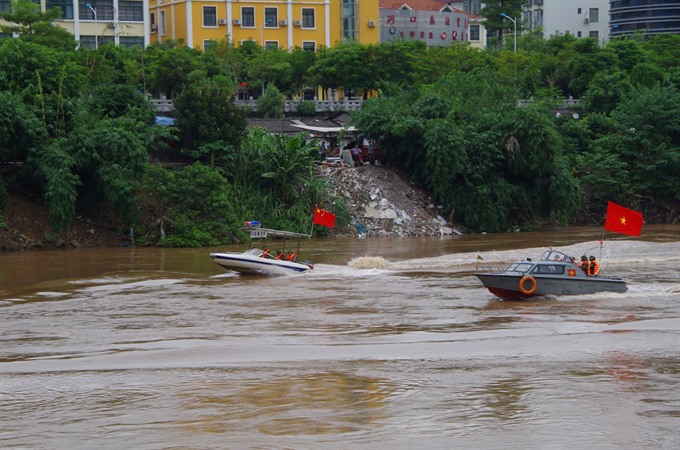 |
| Teaming up: Border forces of Việt Nam and China patrol on the Hồng (Red) River together near Lào Cai Border Gate. The border guards of the two countries have kept close contact to fight illegal trading and other problems. — VNA/VNS Photo Hồng Ninh |
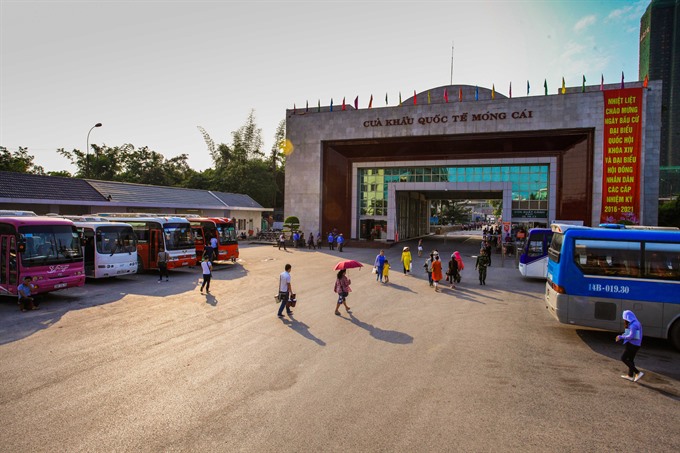 |
| Open door: A photo of Móng Cái Border Gate in the northern province of Quảng Ninh. An economic zone was established in June 2012 at the site. In the past five years, the export and import revenue through the border gate reached US$23 billion. — VNA/VNS Photo Trọng Đạt |
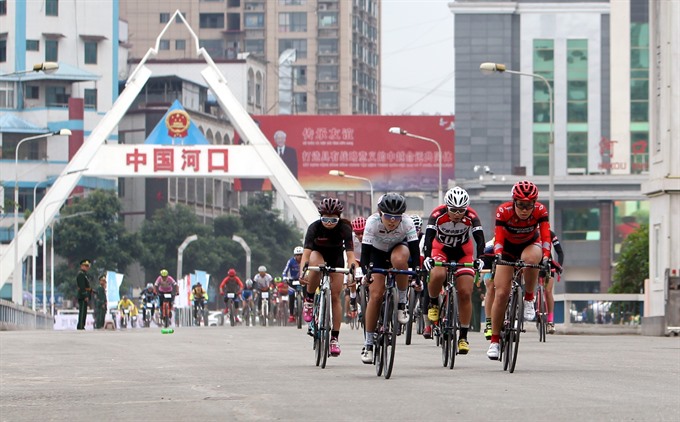 |
| Forming links: Athletes compete in "One Race - Two Nations" in December 2018. Since 2017, the race has been held each year from Lào Cai Province in Việt Nam to China’s Yunnan Province. — VNA/VNS Photo Nguyễn Quốc Khánh |
 Life & Style
Life & Style









